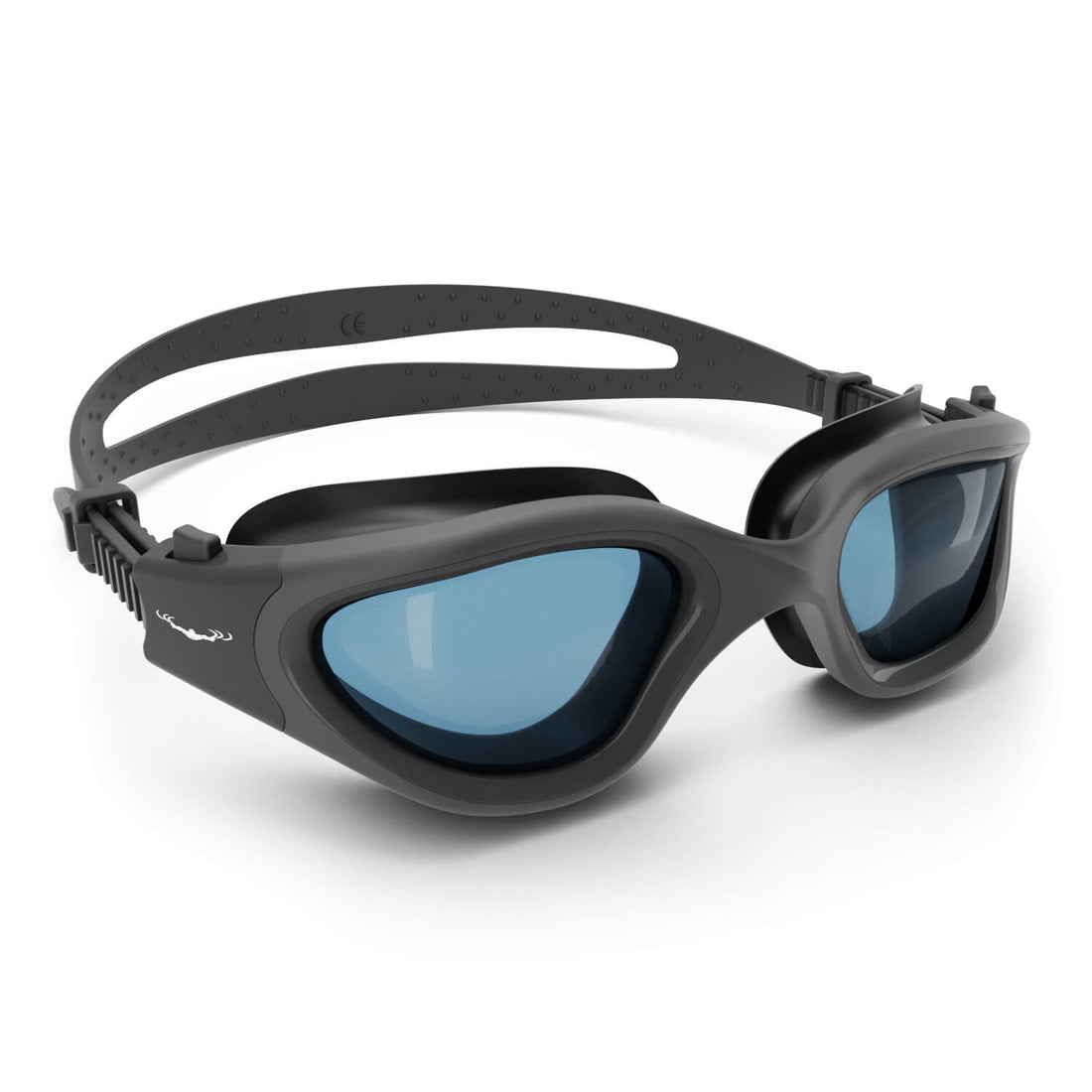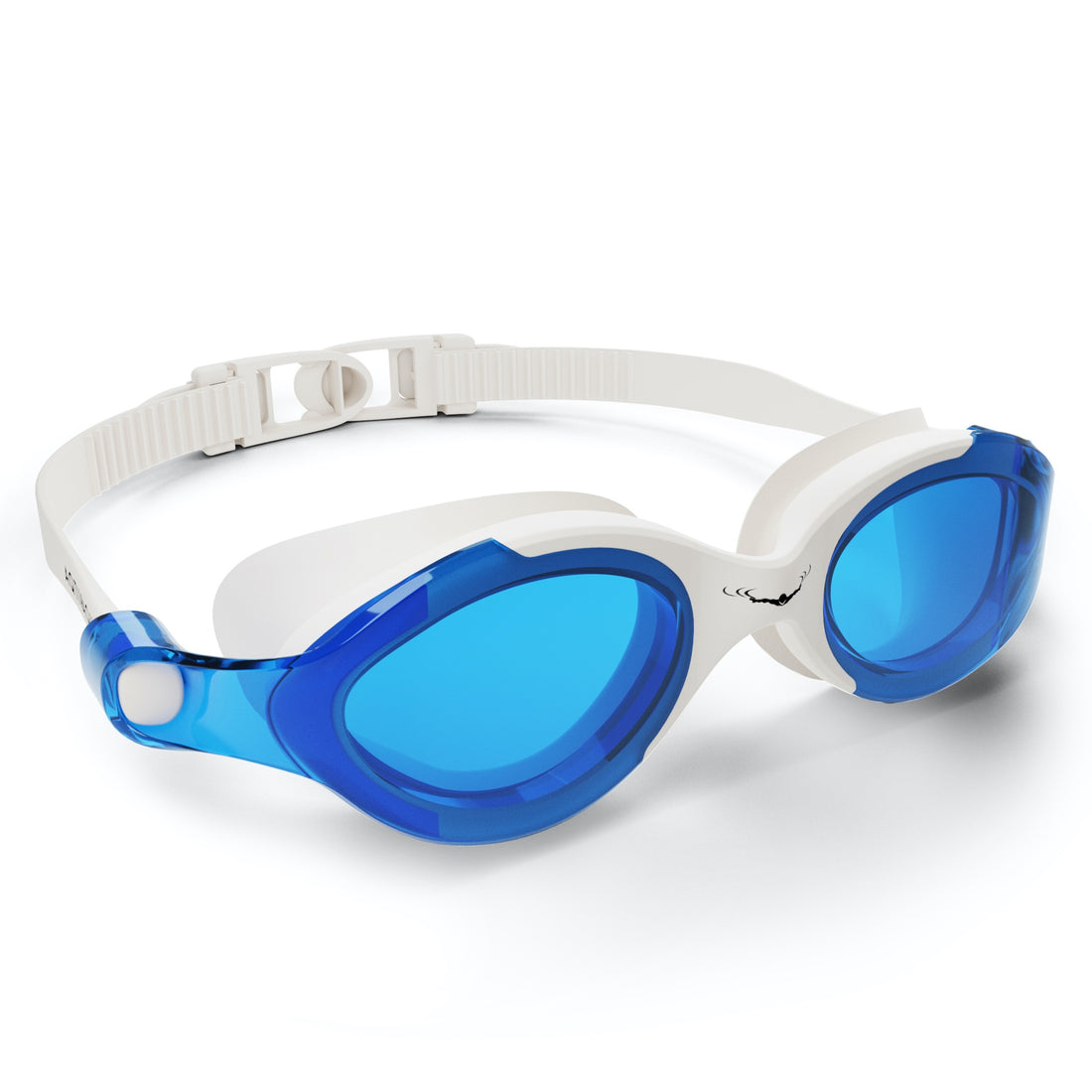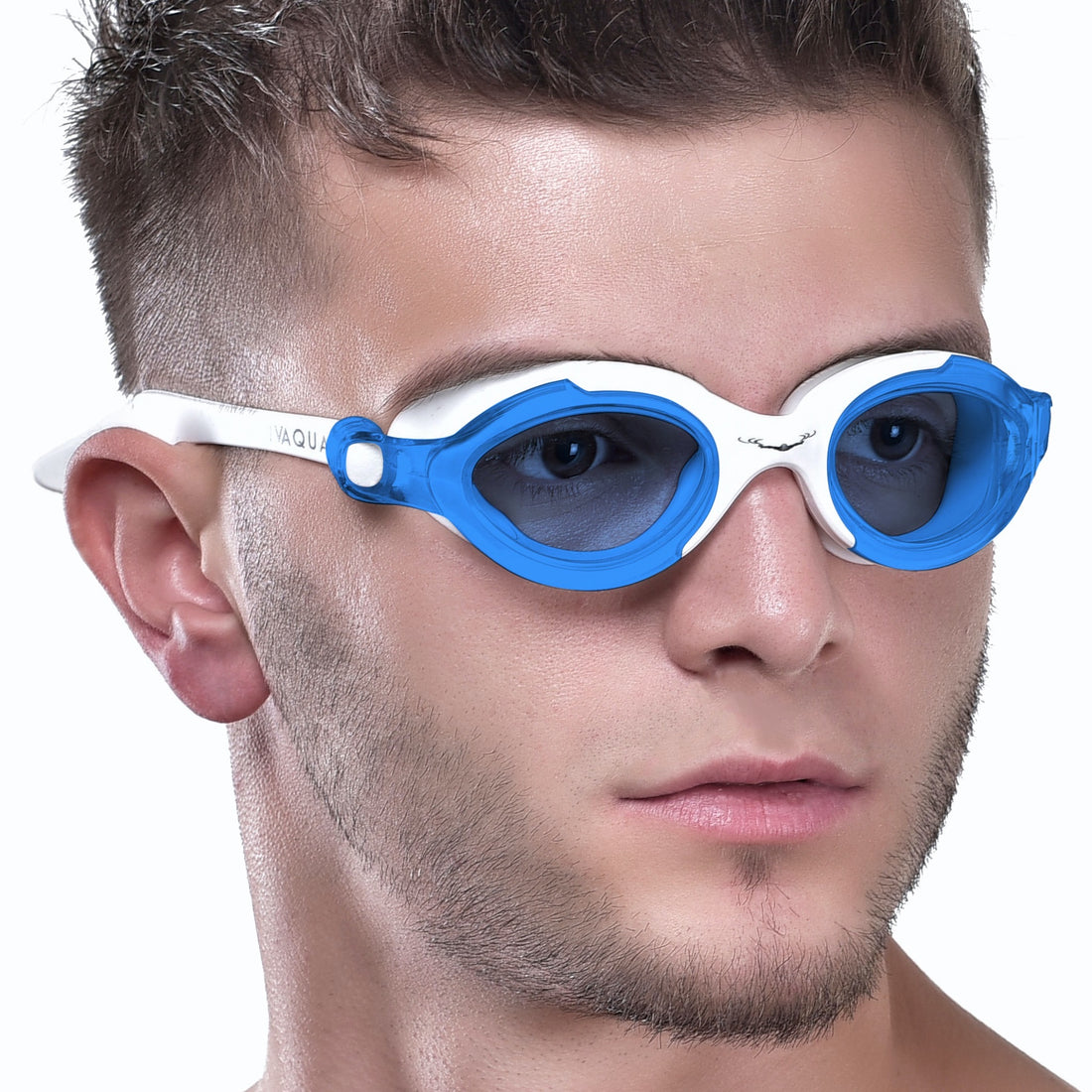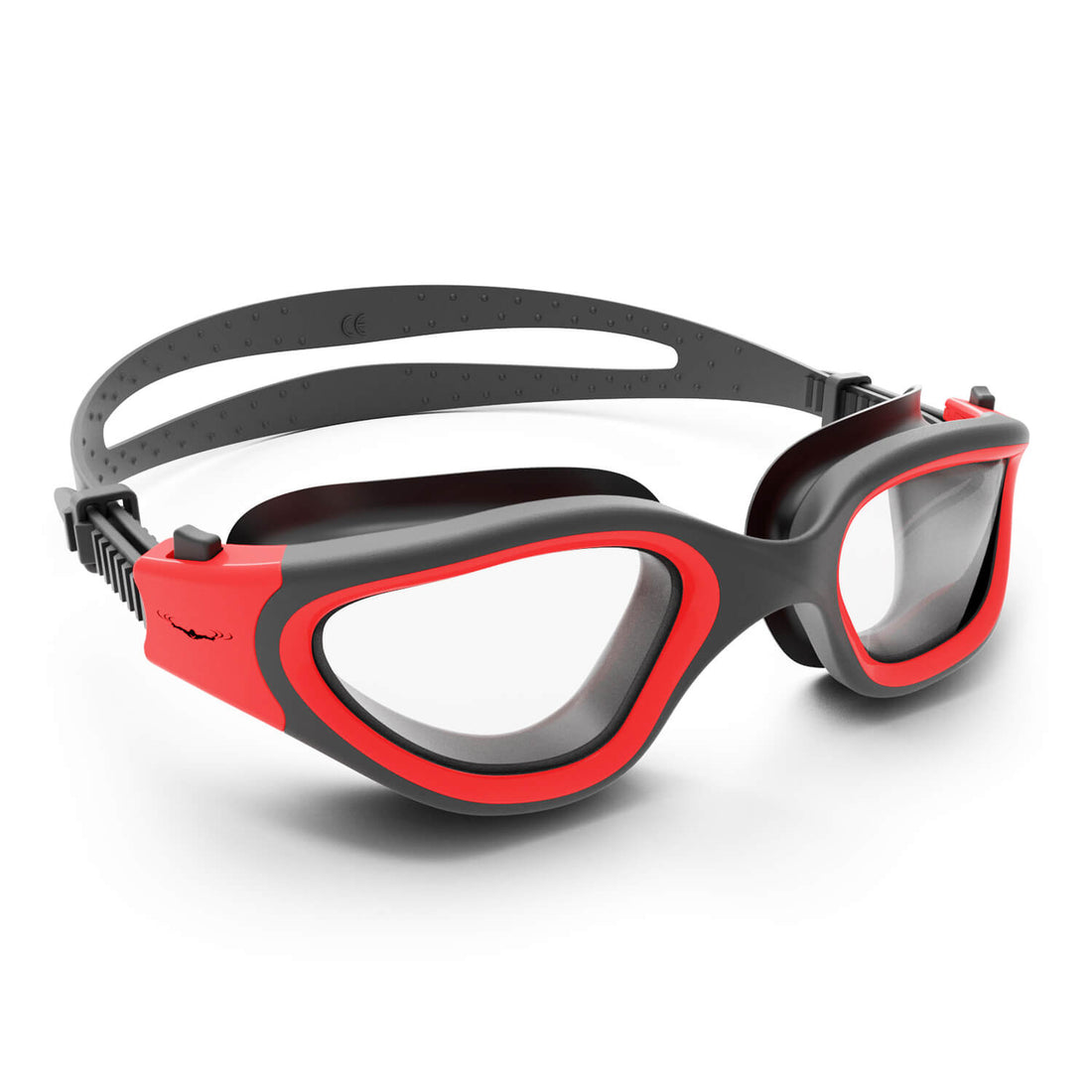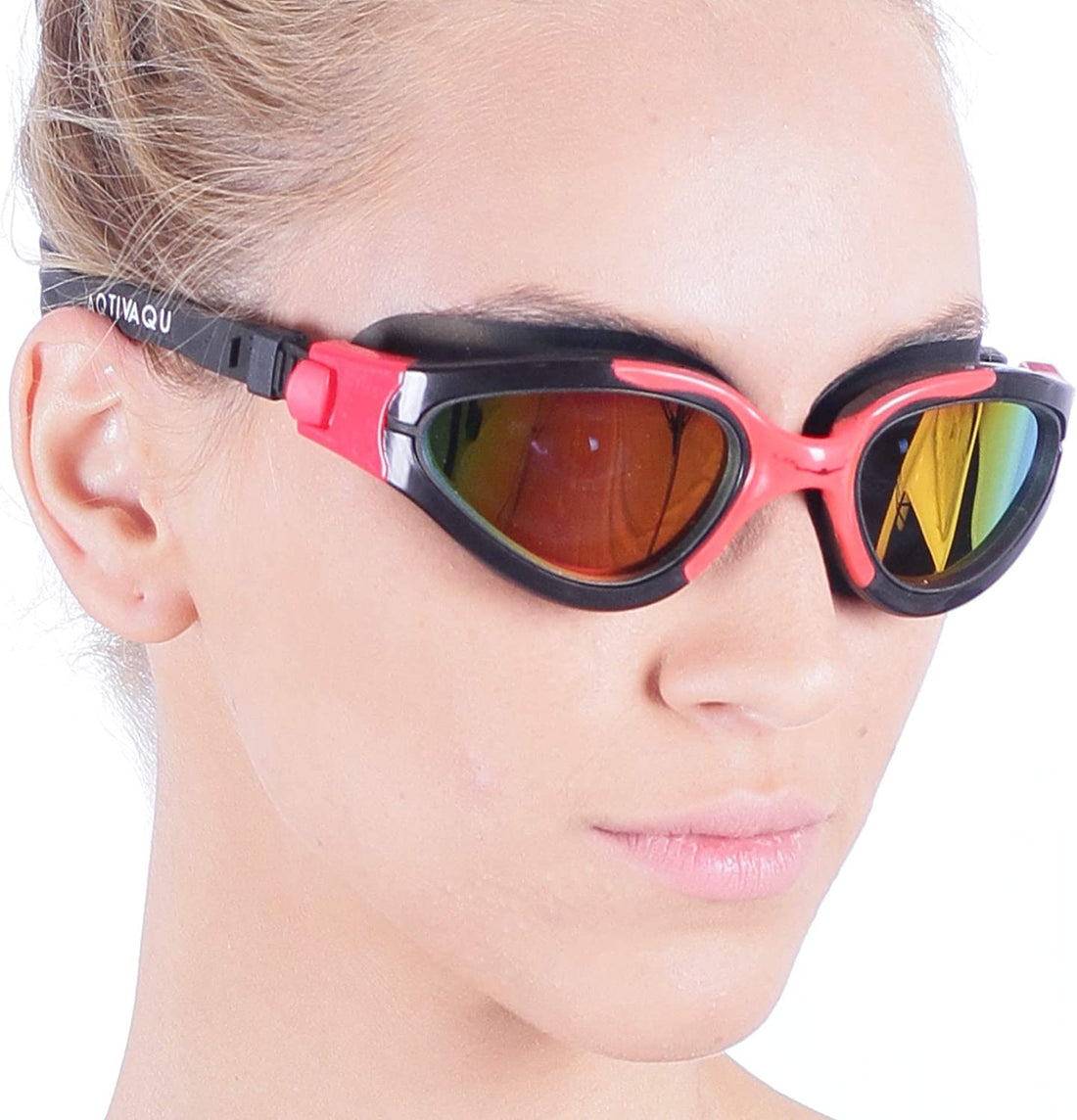Swimming is not just a full-body workout; it’s an art that combines technique, endurance, and strategy. For swimmers of all levels, whether you’re competing or swimming for fun, integrating proper warm-up and cool-down routines is crucial for improved performance and injury prevention. In this article, we’ll explore why warm-ups and cool-downs are essential, how they contribute to your overall swimming success, and tips to incorporate them into your routine.
Why Warm-ups are Crucial Before Swimming
Warm-ups are essential to prepare your body for the demands of swimming. When you dive into the pool without adequately warming up, you risk muscle stiffness and injuries, reducing your overall performance. Here are some powerful reasons why you should never skip your warm-up:
Increase Blood Flow and Flexibility
Performing a proper warm-up routine helps increase blood flow to your muscles, which promotes flexibility and range of motion. This is particularly important in swimming, where fluid movements are essential. A good warm-up can include dynamic stretches and specific exercises geared towards the muscle groups you will be using:
- Dynamic stretching: Incorporate movements like arm circles and leg swings.
- Light swimming: Start with easy laps to gradually build intensity.
- Swim drills: Focus on your technique with drills that isolate different strokes.
Enhance Mental Focus
Along with physical preparation, warm-ups are crucial for mentally gearing up for your swimming sessions. They allow you to transition from your daily routine into a focused mindset, preparing your mind for the physical challenges ahead. Activities like visualizing your swim, focusing on your breathing, and adjusting your swim goggles can help enhance your mental readiness.
How to Warm-Up Effectively
An effective warm-up can vary depending on your level of swimming and the type of session you're about to engage in. Here’s a simple guide to create an effective warm-up routine:
- Start with Land Exercises: Begin with 5-10 minutes of light aerobic activity, such as jogging or jumping jacks.
- Stretch Major Muscle Groups: Focus on your shoulders, back, legs, and core. Include movements specific to swimming.
- Practice with Equipment: Put on a spandex swim cap, adjust your swim goggles, and use swim ear bands to get accustomed to your gear and ensure everything fits correctly.
- Swim Easy Laps: Start with slower laps, gradually increasing your pace.
The Importance of Cool-downs After Swimming
Just as warming up is vital, cooling down after your swim workout is equally important. Many swimmers undervalue this phase, but a proper cool-down can significantly aid recovery. Here’s why:
Reduce Muscle Soreness
A cool-down routine helps clear lactic acid from your muscles, which can build up during intense swimming sessions. By doing slow laps or gentle stretches, you can effectively minimize post-swim muscle soreness. This phase allows your body to transition gradually from intense activity back to rest.
Return Heart Rate to Normal
Swimming increases your heart rate, and an effective cool-down assists your body in returning to a resting state. Gradually reducing the intensity of your swimming allows your heart rate to return to normal levels gradually, avoiding extreme drops that could lead to dizziness or discomfort.
How to Execute a Proper Cool-down
To perform a quality cool-down routine, follow these steps:
- Swim Easy Laps: After finishing your workout, swim for an additional 5-10 minutes at a slow pace.
- Gentle Stretches: Focus on stretching your shoulders, arms, and legs. Hold stretches for at least 15-30 seconds.
- Breathing Exercises: Practice deep breathing techniques to help relax your body and mind.
Integrating Warm-ups and Cool-downs into Your Routine
To get the most out of your swim practice, it’s essential to prioritize both warm-up and cool-down. Here are tips for ensuring you integrate these practices seamlessly into your routine:
Set Time Aside
Schedule specific warm-up and cool-down times in your swimming sessions. Aim for at least 15 minutes of warm-up and 10 minutes of cool-down, making it a non-negotiable part of your routine.
Lead by Example
Whether you swim with friends, family, or a club, demonstrate the importance of warming up and cooling down. It’s a great way to create a positive swimming culture that enhances performance and well-being.
Customize Your Routine
Not every swimmer is the same. Tailor your warm-up and cool-down to fit your body’s needs. Modify stretches, exercises, and swimming styles according to your abilities and preferences. Use swim caps, swim goggles, and swim ear bands that feel comfortable and help you focus on your sessions.
Common Mistakes to Avoid
- Skipping Exercises: Never skip your warm-up or cool-down to save time. The benefits are invaluable.
- Rushing Through: Make sure to dedicate adequate time to stretch and ease into each stage of your routine.
- Using Equipment Incorrectly: Adjust your swimming goggles and swim caps before you start to avoid discomfort during your workout.
Unlocking Your Swimming Potential: Feel the Difference
By now, it is evident that warm-up and cool-down routines are not just ancillary parts of your swimming practice. They are essential components that can significantly impact your performance, health, and enjoyment of the sport. As you incorporate these practices into your regimen, you'll begin to notice the difference in your swimming ability, overall health, and mental focus. So, the next time you hit the pool, remember that a little preparation goes a long way toward becoming the best swimmer you can be. Embrace the power of warm-ups and cool-downs—it’s time to unlock your full swimming potential!



